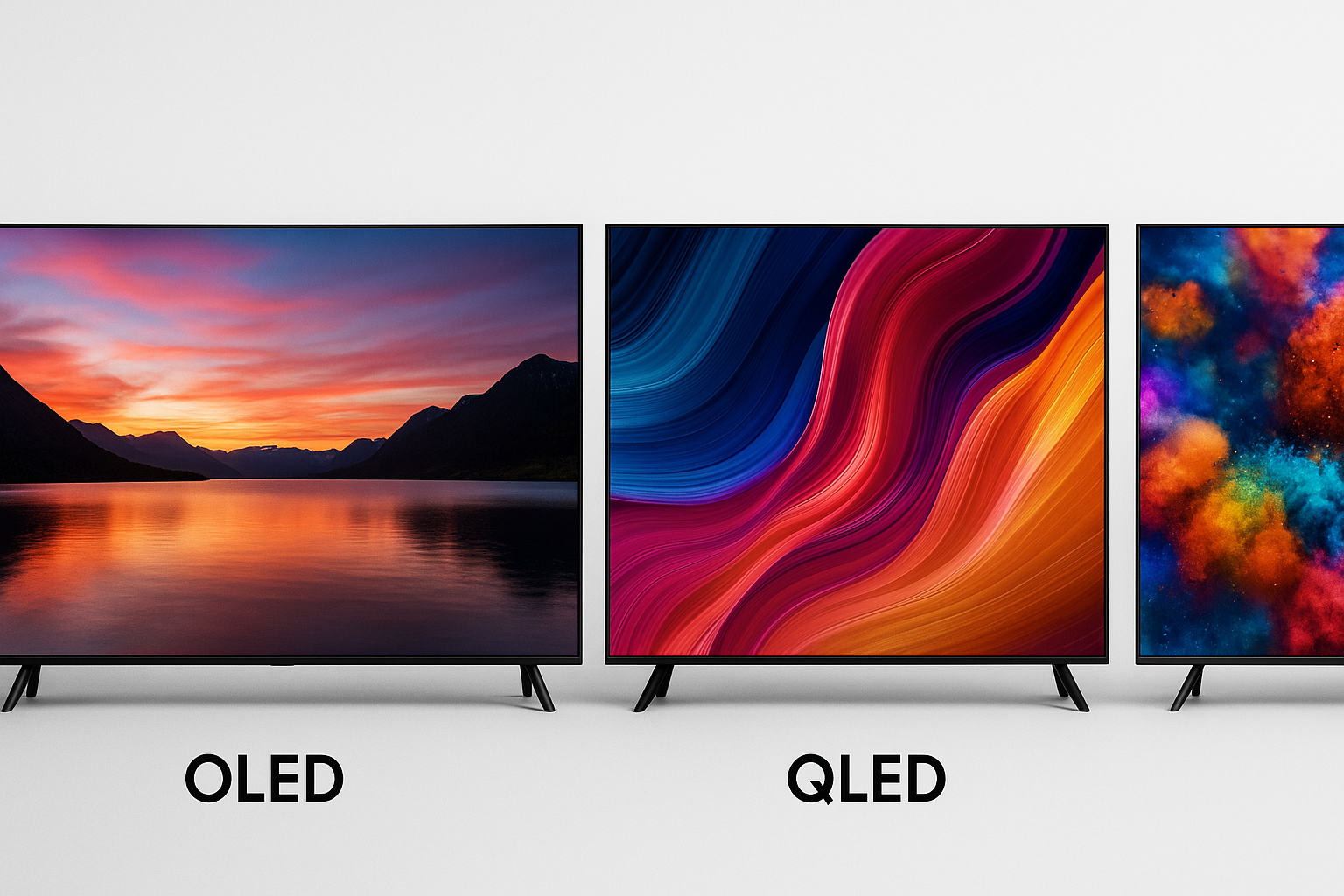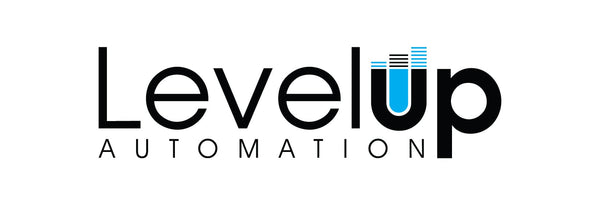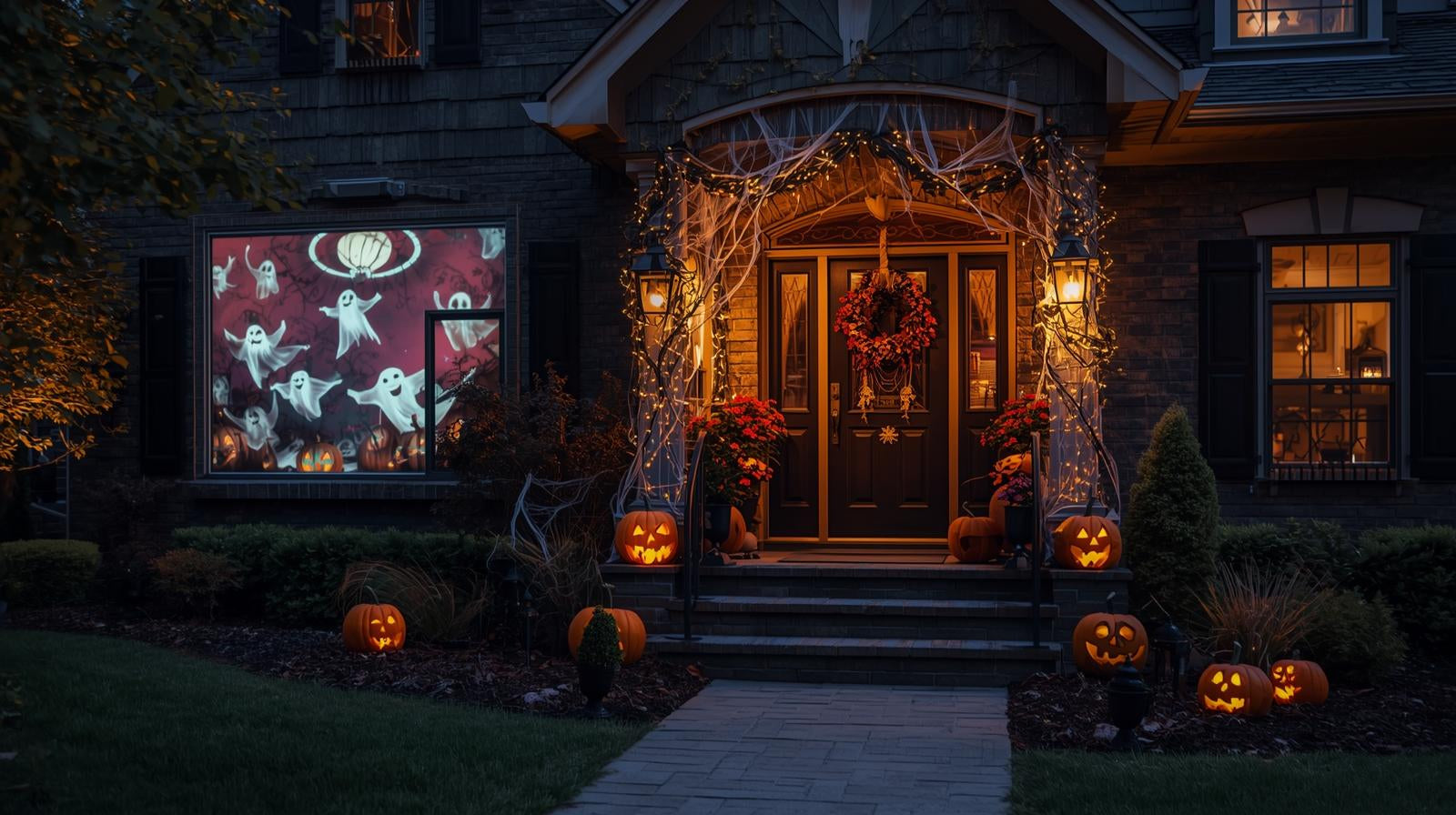Is that TV deal really good? TV Screen Quality Explained.

📺 Understanding Factory TV Screen Quality: What You Need to Know
When shopping for a television, the screen for some can be the centerpiece of the smart home experience. But not all screens are created equal—factory differences in panel technology, color calibration, processing, and quality control play a huge role in what you see.
Let’s break down how screen quality differs right from the factory—and what that means for you.
🔬 Panel Technology: The Foundation of Picture Quality
The type of panel your TV uses is the single biggest factor in determining picture performance. Here’s a side-by-side comparison of today’s leading technologies:

Key Takeaways
- OLED and MicroLED offer the best contrast and color accuracy, ideal for high-end installations.
- QLED and Mini-LED shine in bright rooms thanks to superior brightness.
- LCD/LED options remain budget-friendly but come with limitations in viewing angles and contrast.
🎨 Color Accuracy & Factory Calibration
High-end TVs are often factory-calibrated to deliver near-perfect color accuracy right out of the box. Brands like Sony, LG, and Samsung use professional calibration techniques on premium models to achieve Delta E values under 2 (considered indistinguishable from perfect).
Budget models typically skip this step, meaning you might need manual calibration to correct colors.
⚙️ Processing Power: The Hidden Hero
Factory-installed image processors—like Sony’s Cognitive XR, LG’s α9 Gen6, or Samsung’s Neo Quantum Processor—impact:
- Motion smoothing
- HDR tone mapping
- Upscaling low-res content
Better chips = better visual experience from the start.
🧪 Quality Control & Panel Uniformity
Premium brands enforce tight quality control. This reduces common issues like:
- Dirty Screen Effect (DSE)
- Backlight Bleed
- Pixel inconsistencies
Cheaper TVs from large-scale OEM factories may suffer from greater variation—even across two identical models.
💡 Brightness, HDR, and Real-World Viewing
Not all TVs handle HDR the same. Even if two models support Dolby Vision or HDR10+, their tone-mapping strategies and peak brightness levels can dramatically differ. For example:
- OLEDs peak around 800–1000 nits
- Mini-LEDs and QLEDs often exceed 2000 nits
In bright rooms or sunlit living spaces, this difference is crucial.
📲 Smart Features and Updates
From the factory, TVs arrive with preloaded software:
- Google TV (Sony)
- Tizen (Samsung)
- webOS (LG)
These platforms vary in app support, update frequency, and responsiveness—affecting everything from navigation to picture enhancement
💬 Final Thoughts
Choosing the right TV for your smart home or home theater setup means more than picking a brand or size. Understanding factory-level differences in panel quality, calibration, and processing can save you time, money, and future headaches.
If you’re unsure what fits your space best, our team at Level Up Automation is here to help—from design and consultation to installation and calibration. Text or call us at 1-800-979-2791 to set up your consultation.







Leave a comment